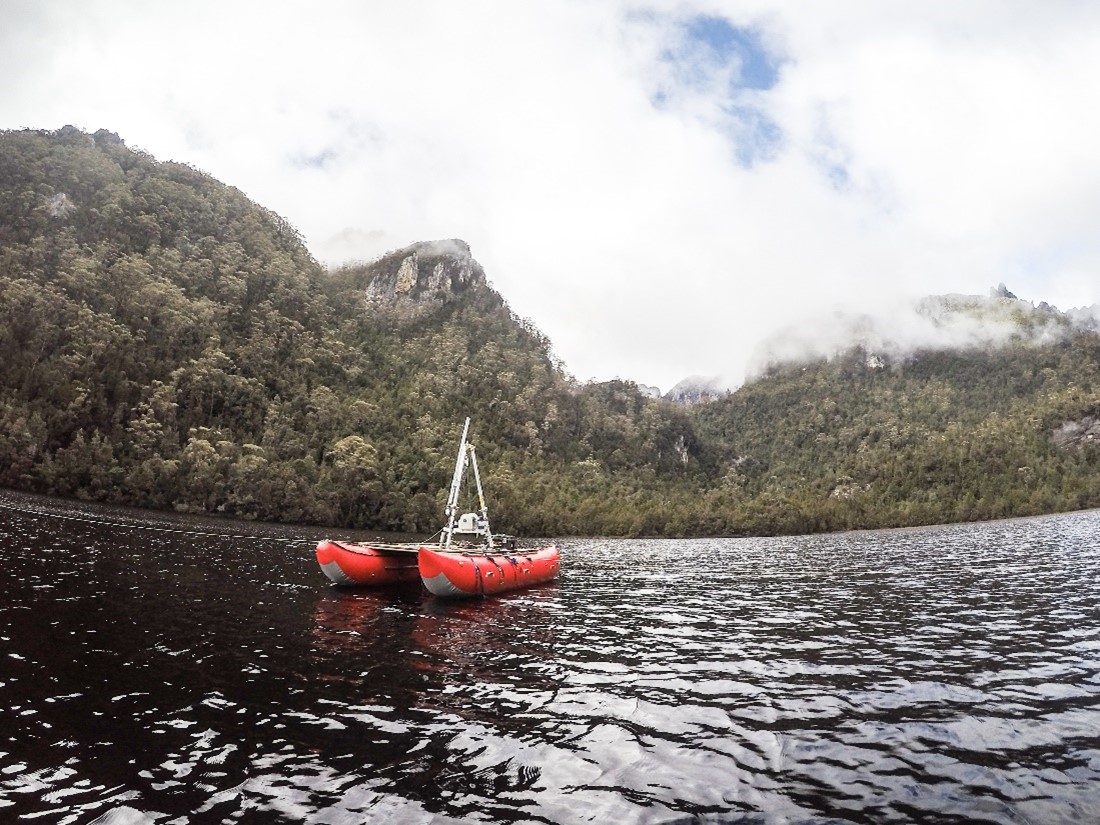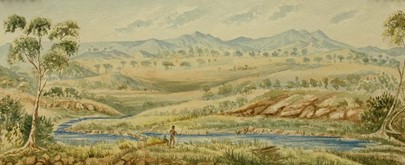British colonisation of Australia, together with the effects climate change, is likely to have contributed to the recent catastrophic wildfires in southeast Australia, a new study has found.
An international team of researchers, led by the University of Nottingham, have examined the land cover changes that occurred after the British settlement in southeast Australia, which started in 1788.
By extracting tiny fossilised grains of pollen that are laid down in layers of ancient sediment in wetlands and lakebeds, the scientists were able to develop a picture of vegetation in the past.

In a world first, they used pollen modelling techniques to find out what the vegetation was like at 52 different sites before and after 1788. The experts discovered evidence of denser vegetation in forests and woodlands following colonial settlement.
They found that forests in the southeast are now much denser than they were before 1788 and have become more flammable due to the amount of woody biomass there. The researchers found an increase of shrub cover by as much as 48%, with an overall average increase of 12% – which the researchers say, considering the vast area covered by the study, the “increase in biomass is massive”.
The Indigenous people carefully managed this through lighting small fires to prevent flammable vegetation growing back and maintaining this largely open vegetation. After colonial settlement, fire management practices have become more oriented towards fire suppression, disrupting millennia of Indigenous cultural burning.
Dr Mariani explained: “Today, the increase in shrubs provides a connection from the ground to the forest canopy which allows fire to spread with ease, and this has led to the unprecedented fires we have seen in recent years. For example, the Black Summer bushfires (2019-2020) cost the Australian economy over $100 billion (AUD) and burnt a total of 18 million hectares – an area almost twice the size of England. During this event, about 20 per cent of Australian native eucalypt forests burnt down. This proportion of forest burnt is considerably high in comparison what has happened in the past few decades.







